Funding boost aimed at helping farmers collate data, buy feed and get mental health aid
MONDAY to help drought-affected communities across NSW will be doubled, with the Berejiklian government promising an extra $284 million to supplement its relief package.
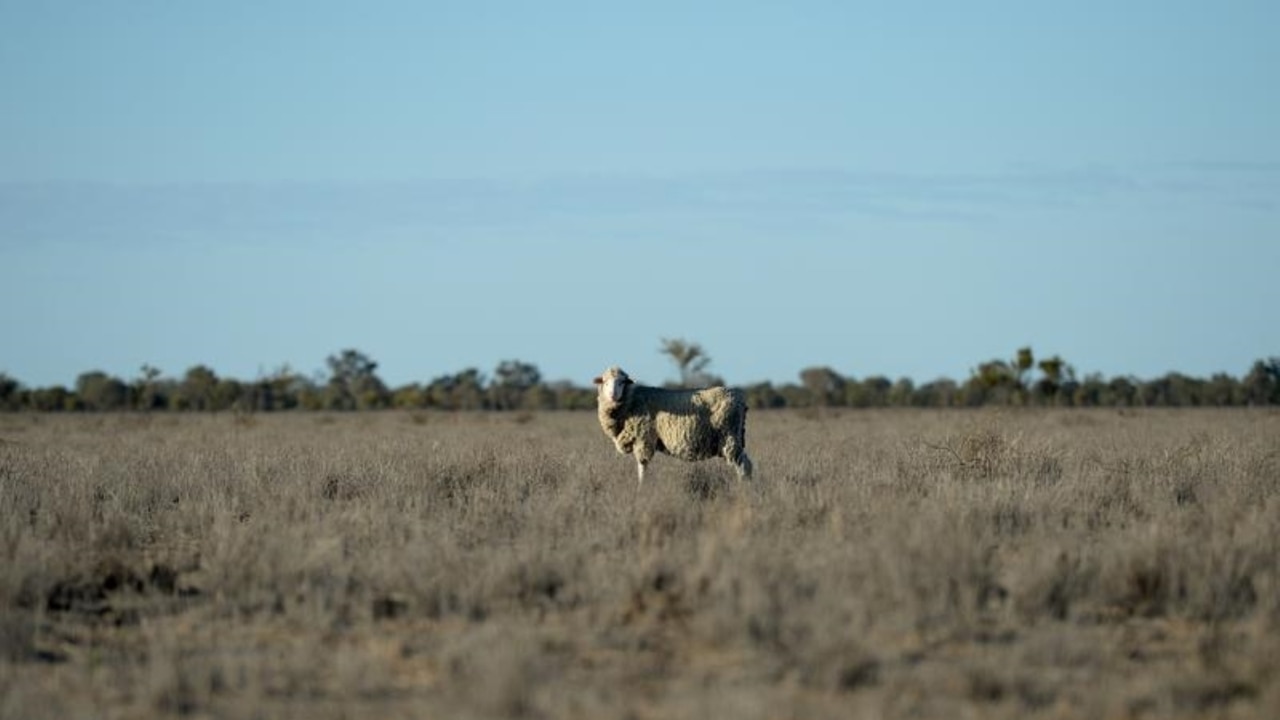
NSW
Don't miss out on the headlines from NSW. Followed categories will be added to My News.
FINANCIAL support for drought-affected communities across NSW will be doubled, with the Berejiklian government promising an extra $284 million to supplement its relief package.
The funding boost, which will be allocated in Tuesday’s Budget, will bring the Farm Innovation Fund’s value to $500 million, and help farmers build farm infrastructure and battle drought.
Premier Gladys Berejiklian and her deputy John Barilaro yesterday visited a farm in Dubbo, in NSW’s Central West, for the announcement.
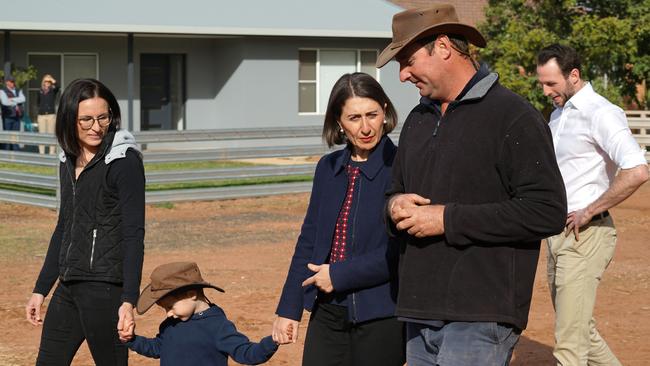
“We know the drought is hitting our farmers hard but we want to reassure communities that we are doing everything we can to make sure the right help is available at the right time,” she said.
Ms Berejiklian said the Farm Innovation Fund had delivered $220 million to more than 1300 farmers to date.
The fund’s criteria will now be expanded to let farmers access seven-year, $50,000 interest-free loans to buy feed, install key water infrastructure and store genetic data of their livestock.
FARMER’S DOLLAR-SIGN GESTURE HITS THE WEB
FARM’S ADOPT-A-COW APPEAL BRIGHTENS FUTURE
The Budget will also include more than $4 million for mental health support and counselling for farming communities facing natural disaster and drought.
“We are determined to stand side by side with our farmers, which is why we are providing both funding for drought resilience … and strong mental healthcare support to get people through this tough time,” Ms Berejiklian said.
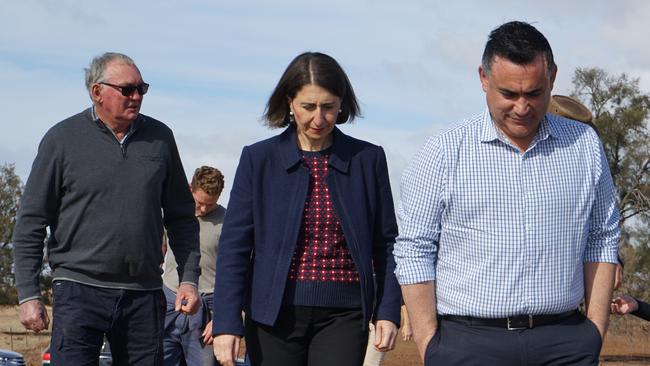
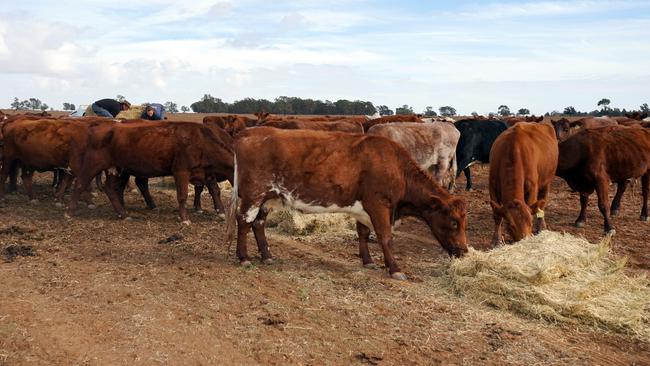
Mr Barilaro said an additional $25 million-plus had been set aside to construct and operate three new Doppler radar weather stations in the state’s west.

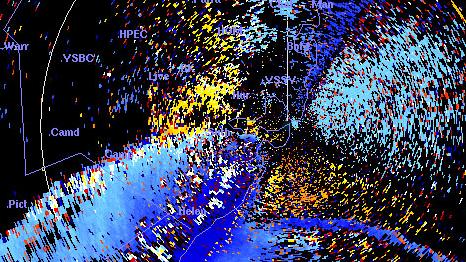
“These new radars will deliver fast, accurate and live weather updates to help our farmers make timely business decisions about when to sow, harvest crops or move stock, boosting productivity and saving money,” the Deputy Premier said.
“The radars will provide real-time weather coverage for 30 per cent of the state.”
